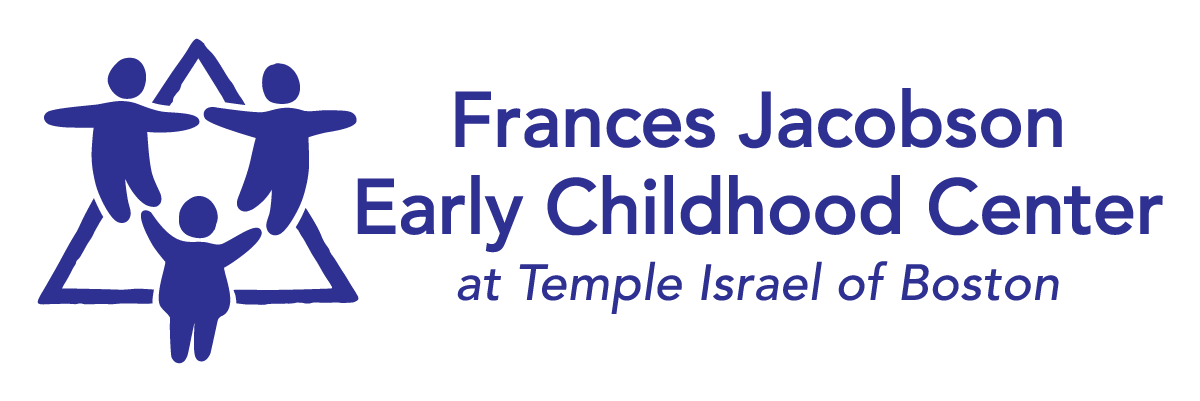Block Area = Fertile Ground
/Dear FJECC Families,
By this time you have received your child’s first progress report of the year. When reading through the early drafts of reports, I noticed how often teachers cited observations of children building with blocks as evidence of a skill. What was really interesting to me is that the skills mentioned were varied and covered every domain of learning which we write about in our reports. Blocks are a classic, central tool for teaching and learning in early childhood centers. Often, we take for granted the real estate that a block area takes up in a classroom. Some years, a class may have need for a larger dedicated area for blocks and some years may call for a slightly smaller area. But there will always be a block area. And the blocks must be of good quality, solid, differentially shaped and sized, with a clear, organized plan for stacking and storing (this is very important - the pedagogy of block building was a serious thing in my graduate program!).
You’ll notice in the photo above of the Yellow Room, the children are standing on the large hollow blocks. They’re supposed to! They are meant to be carried and stacked and climbed on. And the hollow invites one to hide cars or animals or any special treasure inside (as well as making them easy to carry). Unit blocks, the standard square, rectangle, double rectangle, triangle blocks you find in the preschool classrooms, are specifically designed to inspire increasingly complex structural design. From a set of simple shapes comes infinite worlds of imagination and inspiration.
Block building supports STEM learning, of course. Block building also supports social and emotional learning, fine and gross motor learning and, perhaps most importantly, it supports and facilitates collaborative pretend play - the jewel of early childhood development. A group of toddlers builds next to each other, slowly sharing space and materials, accepting that another person could maybe use the same toys. Preschoolers begin to accept that another’s ideas might be similar to theirs and maybe together we make a zoo and hey I’ll bring the animals over.
Pre-k learners may be inclined to spread out beyond a block area, creating worlds in which each child has a role and together they create a plan and implement their ideas, sustaining a theme over days or even weeks.
Never underestimate the power of the block area. It is fertile ground. And the children playing there are doing very important work.
Shalom,
Amy





